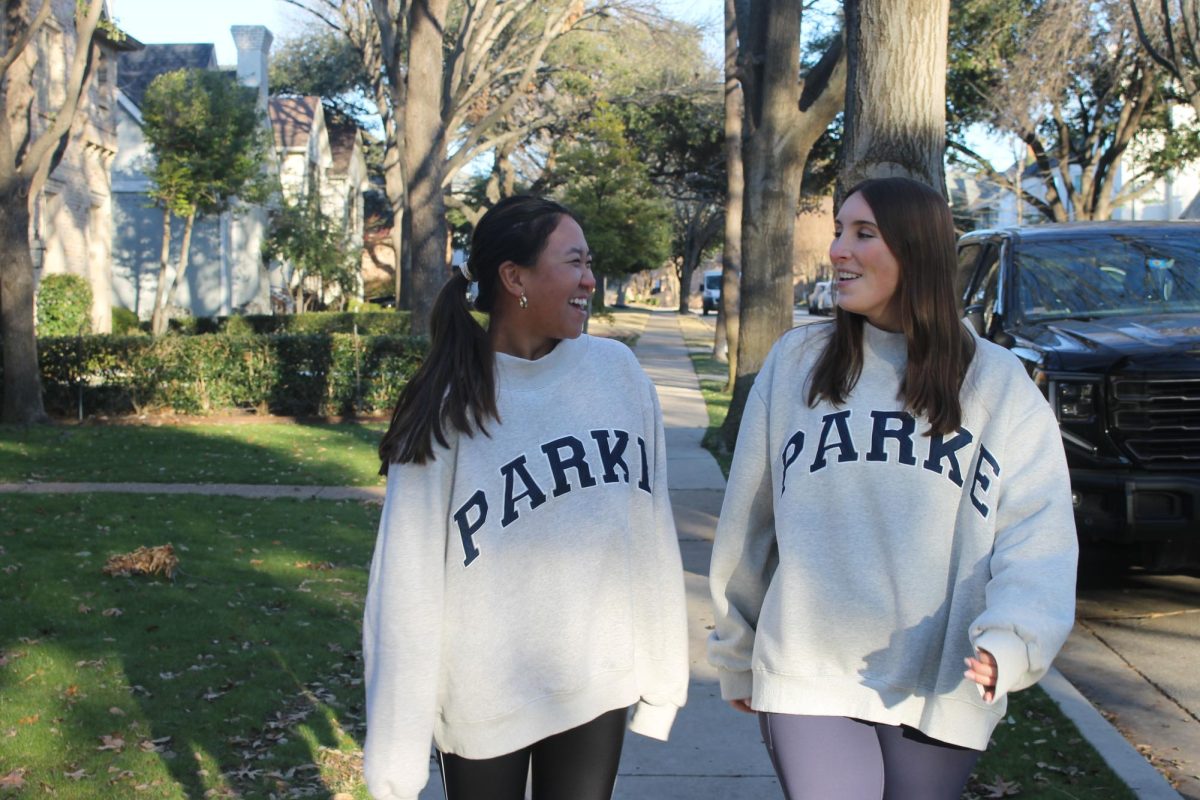According to the Wall Street Journal, teens have a higher purchasing power than ever, and are often on their phones waiting to see what the next trend will be. The pressure to fit in has led to a culture of impulsive spending on items seen on social media and amongst peers, resulting in mass consumption and spending.
Clinical Psychologist, Dr. Candace Conner, explains that young people wanting to all have the same material items as their peers stems from a longing to fit in, and seeing other people have “happiness” amplified all over social media.
“I definitely don’t think 13 and 14 year olds and younger should have social media access. Some are mature enough to handle it, but others aren’t. I really think social media is a real problem for even some adults,” Conner said.
People put a lot of their lives on the internet via social media highlighting their travels, friends, and outfits. People typically don’t post the not-so-fun things on social media such as school struggles, or anxiety, turning social media into a highlight reel, making young people compare themselves to what they see online.
“They look happy and like their life is wonderful because that’s what they’re showing the public, and teenagers often aren’t yet wise enough to understand that what they see isn’t always the reality,” Conner said.
Conner explains that part of the reason teens often want material items that others have is because they have a lack of self worth which accumulates as you grow older.
“The prefrontal cortex of the brain helps us make wise choices and see things rationally. That’s not fully developed and functioning until we’re well into our 20s. And you know for 14-15 years old, all you know is often kind of what you see and hear [online],” Conner said
As one trend goes out, another goes in. Each time, teens continue to spend money, resulting in mass spending and consumption of goods. Many of these trends last a few months and then items get thrown into the trash.
According to Boston University, 34 billion pounds of used textiles end up in landfills each year in the US, which, when divided across the population, is about 100 pounds of textile waste per person each year. That is a tremendous number, especially considering that most of this consumption is skewed toward wealthier people, who may be purchasing excess clothing that they don’t particularly need.
This winter’s trend, “Parke hoodies,” a $125 mock-neck fleece sweatshirt, have become a large trend that many are participating in. There are “drops” at certain times for people to buy these hoodies making the demand for them even higher as they are seen as a scarce product, and they get sold out within minutes of the “drop.” Many people don’t know who or what “Parke” is, yet continue to wear the logo on the sweatshirt as it is a trending item.
Senior Kate Rogers explains clothing is an unavoidable topic with her friends. Whether that is the latest trends, complimenting someone’s outfit, conversation about outfits for a dance that weekend, material items are always talked about.
“Parke hoodies have come up [in conversation] like, at least once a day, and I don’t really think that they’re all that cute,” Rogers said.
One contributor to joining trends and impulsive buying items is not waiting long enough to purchase. According to CNBC’s One-Minute Money Hacks, waiting at least 24 hours before buying an item lowers the temptation of it. Waiting to purchase before going back into the store helps one make an informed, rational purchase, and allows one to know they are buying an item they like for many reasons, not just because it is trending.
“I think often, if we hold off on [purchasing] something, then we realize that’s really not something I have to have to fulfill a purpose in my life,” Conner said.
Rogers recognizes that many times people conform to the norm and purchase the same items, but Rogers makes sure she actually likes the item before purchasing it. Though Rogers did not participate in the “Parke” hoodie trend, she participated in the chunky charm necklace trend.
“I thought it was worth the money, I wear it everyday,” Rogers said.
Sophomore Zoe Kell thinks that the biggest reason for purchasing an item is the fear of what would happen if the item is not purchased, feeling left out when most of their peers have it.
“People like to wear things that everyone else wears because they think it’s important to conform to societal standards,” Kell said.
As if social media apps weren’t already addictive, users are constantly bombarded with ads, encouraging them to make impulse purchases. According to the LA Times, Tiktok shops sell $7 million in daily products in the US.
“When I see things on social media that are really popular, I want to buy them,” Kell said.
Not only is participating in trends a large use of money, but even if a person has these “trendy” items, it still doesn’t equate fulfillment or a feeling of belonging in society.
“I’ve seen young people that have everything that they could go in a store and want, and they are suicidal because the material things haven’t brought happiness to them,” Conner said.
To not conform to these trends to fit in, one must be confident in themselves as a person, their worth, their relationships, and not need material items to feel comfortable in society.
“The important thing is for us to teach children that material items aren’t the ultimate fulfillment of happiness. They may bring a short term pleasure because, because they give us a hit of dopamine, but it’s not a permanent feel good,” Conner said.




